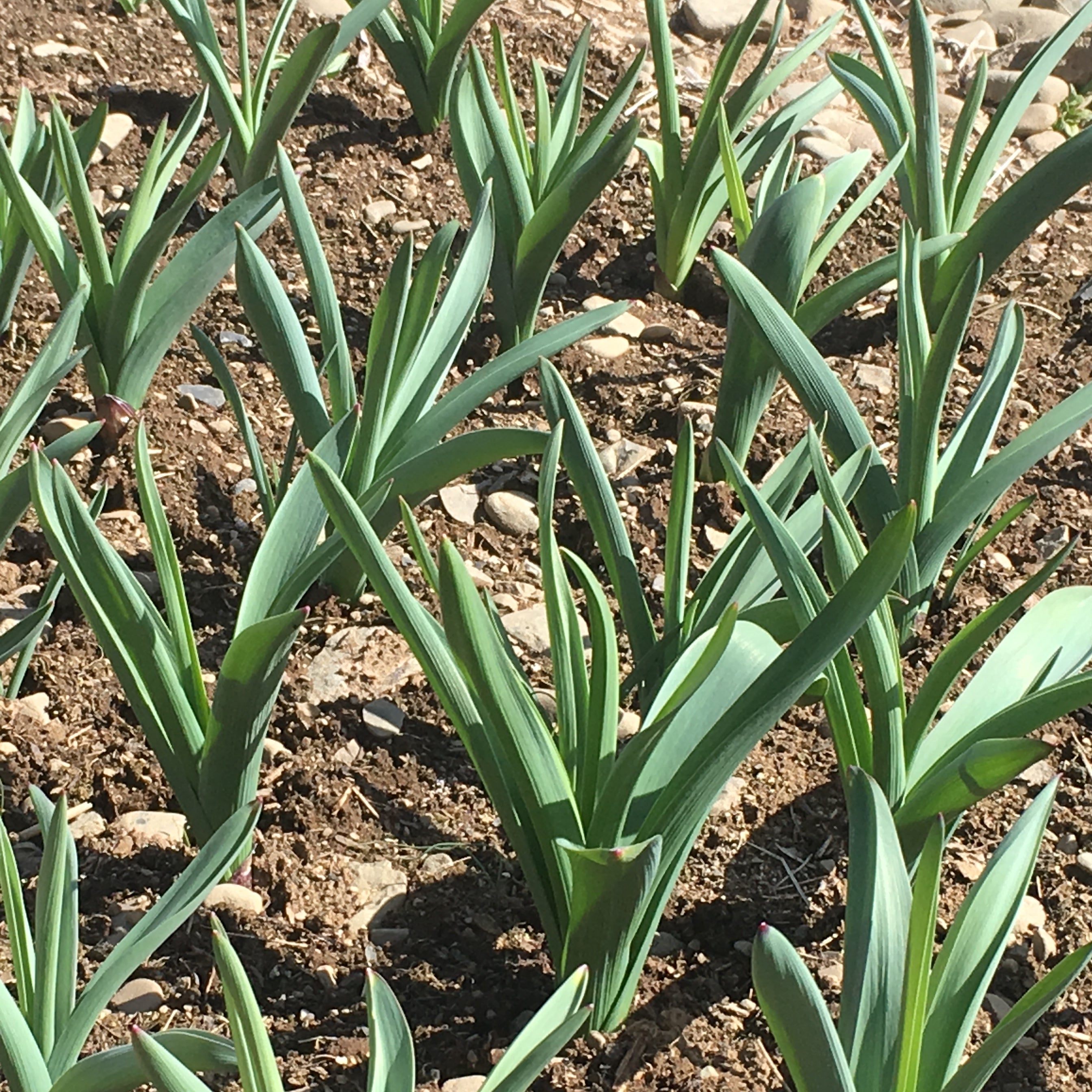
Garden Activities for April
 In most of the Northeast, it is April that marks the true beginning of spring. Emerging from a frozen landscape, the soil begins to thaw, hardy seeds start to sprout, and suddenly our garden to-do list is packed with opportunities for organization, clean-up and, most excitingly, sowing. But beware! The transition from relative winter relaxation to the opportunity-laden spring months of April and May can happen very quickly. To stop the mud from becoming a muddle, here’s a list of activities to set up your season for success.
In most of the Northeast, it is April that marks the true beginning of spring. Emerging from a frozen landscape, the soil begins to thaw, hardy seeds start to sprout, and suddenly our garden to-do list is packed with opportunities for organization, clean-up and, most excitingly, sowing. But beware! The transition from relative winter relaxation to the opportunity-laden spring months of April and May can happen very quickly. To stop the mud from becoming a muddle, here’s a list of activities to set up your season for success.
1. Organize! While it may seem boring, it is well worth taking a step back to organize your gardening gear before the season starts in earnest.
- Ready your tools – a gardener without reliable tools is like a gardener with empty hands. Tasks will take you much longer and you will be less effective. To learn how to clean, sharpen and fix your tools, see our post on Garden Tool Maintenance.
- Remove any finished compost from your compost pile. Before cleaning up over-wintered garden debris (more below) to add to your compost pile, remove (and screen) any finished compost from your pile. The finished product can be used to top-dress beds when you prepare them for the main growing season.
- Organize your seeds. Particularly if you’re planning to do successions of different vegetables throughout the season, you’ll want a to have a calendar showing when you should start your seeds. Once the calendar is ready, organize your seeds by week (or month) so that you don’t have to sort through endless seed packs each week!
Perennial plants including various herbs, flowers, asparagus, and rhubarb among many others, grow anew each year. If you haven’t yet removed old, dried stalks from last season, now is the time. Cut them a couple of inches above the ground and compost the rest.
April is also when we start to see volunteer annuals popping up around the garden. These are varieties that sowed themselves in the past growing season. If you want to transplant them to a different section of the garden, simply wait till the plant grows at least its first set of true leaves and then transplant during a string of days where there is no frost in the forecast. If you don't want to keep them, treat them as a weed, or spring's first amuse-bouche. Discard any volunteer nightshades! Overwintered tomato, pepper, or eggplant seedlings have a greater chance of carrying disease than other plant families, so it is best to start such varieties from seed.

3. Prepare Beds. If you’re planning to direct sow varieties that can be started as soon as the soil can be worked, you will probably be thinking about bed preparation. This is a whole subject in itself so make sure to check out our post on Making the bed - top tips for germination.
If you’re planting in pots, then you will need to make sure you have planters at the ready, and some good quality organic soil.
 4. Sow, Sow and Sow! Peas, hardy spring greens, scallions and radishes can all be started early outdoors. Cold-weather brassica seedlings - such as broccoli, cabbage, and Brussels sprouts - can be transplanted outdoors toward the end of the month. There is still time to start tomatoes, eggplants, and pepper seeds indoors, despite the passing of their so-called "ideal" start-dates - read about the forgiving and expansive seed-starting times here.
4. Sow, Sow and Sow! Peas, hardy spring greens, scallions and radishes can all be started early outdoors. Cold-weather brassica seedlings - such as broccoli, cabbage, and Brussels sprouts - can be transplanted outdoors toward the end of the month. There is still time to start tomatoes, eggplants, and pepper seeds indoors, despite the passing of their so-called "ideal" start-dates - read about the forgiving and expansive seed-starting times here.
For a full list of what you can plant this month, see our page Sow What Now in April.
5. Prepare for cold. Early spring days are mostly chilly, and the chance of frost is likely. Hardy crops will grow, but temperature dips will slow them down. Protect your seedlings and speed up the time till your first harvest by building cold-frames or setting up row covers.
6. Tend to garlic. In the spring, when temperatures rise and the ground begins to thaw, remove the mulch off to the side to help warm the soil. Replace the mulch around the garlic plants once the weather has warmed to help suppress weeds.






